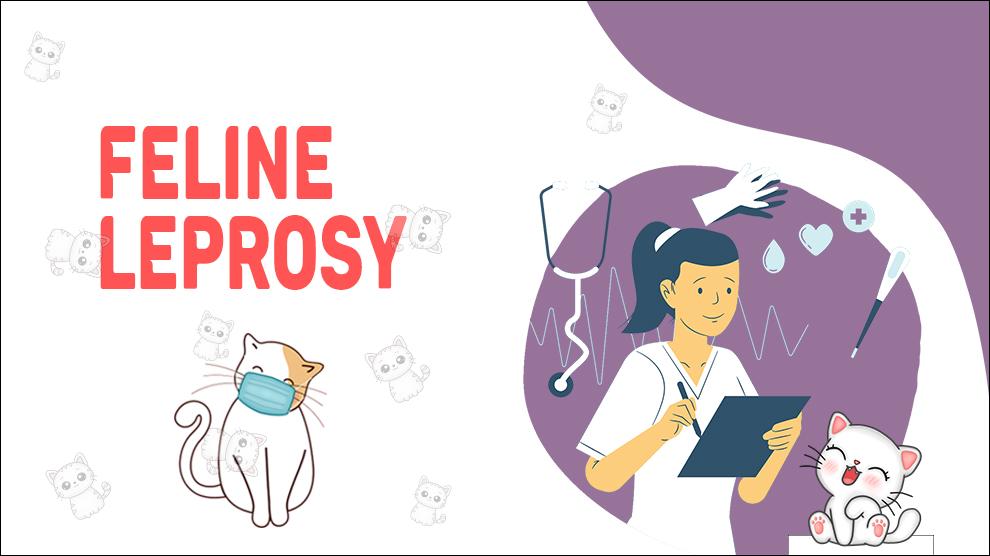What Is Feline Leprosy?
Feline leprosy, also known as feline infectious granuloma, is a rare bacterial infection caused by Mycobacterium species that affect cats.
The disease is characterized by skin lesions and nodules on the head, limbs, and tail.
Feline leprosy can be challenging to diagnose and treat, and it may be transmitted to humans and other animals.
Clinical Signs Of Feline Leprosy
The symptoms of feline leprosy vary depending on the location of the nodules and lesions.
The most common symptoms include:
- Skin lesions and nodules: These are the most common symptoms of feline leprosy. The nodules are usually firm, raised, and non-painful. They may be found on the head, limbs, and tail.
- Hair loss: Hair loss may occur in the areas surrounding the nodules and lesions.
- Swelling: The nodules may cause swelling in the affected areas.
- Lethargy: Cats with feline leprosy may be lethargic and have a decreased appetite.
- Hair Loss At The Site
- Skin Ulcer
- Ulcerative Skin Nodule
Treatment Options For Feline Leprosy
Treatment for feline leprosy usually involves antibiotics, which are given for several weeks to several months.
The length of treatment depends on the severity of the disease and the response to treatment.
In severe cases, surgery may be required to remove infected tissue. Supportive care may also be required, such as fluid therapy or pain management.
Home Remedies For Feline Leprosy
There are no home remedies for feline leprosy. Treatment requires antibiotics prescribed by a veterinarian.
How To Prevent Feline Leprosy?
Prevention of feline leprosy involves good hygiene practices. Keep cats indoors to prevent contact with rodents or other infected cats.
If your cat spends time outdoors, make sure to keep them up to date on their vaccinations and flea and tick preventatives.
Regularly clean and disinfect litter boxes, food and water dishes, and any other areas where cats spend time.
Affected Cat Breeds Of Feline Leprosy
Feline leprosy can affect cats of any breed, but it is more common in cats that spend time outdoors or hunt rodents.
Causes For Feline Leprosy
Causes:
Feline leprosy is caused by Mycobacterium species, which are bacteria that can be found in soil, water, and other organic material.
The bacteria enter the cat's body through cuts or wounds on the skin. Cats can also contract the disease by coming into contact with other infected animals.
When To See A Vet For Feline Leprosy?
If you suspect your cat has feline leprosy, it is important to see a vet as soon as possible.
The earlier the disease is diagnosed, the better the prognosis. Your vet will perform a physical exam and may recommend blood tests, biopsies, or other diagnostic tests to confirm the diagnosis.
Food Suggestions For Feline Leprosy
There are no specific food suggestions for cats with feline leprosy.
However, it is important to make sure your cat is eating a healthy and balanced diet to support their immune system.
Conclusion
Feline leprosy is a rare bacterial infection that can cause dermatitis, fever, and respiratory distress.
It is caused by Mycobacterium Lepraemurium, which is usually found in rodents. Treatment involves antibiotics, and prevention is through good hygiene practices.
If you suspect your cat has feline leprosy, it is important to see a vet as soon as possible for a diagnosis.











